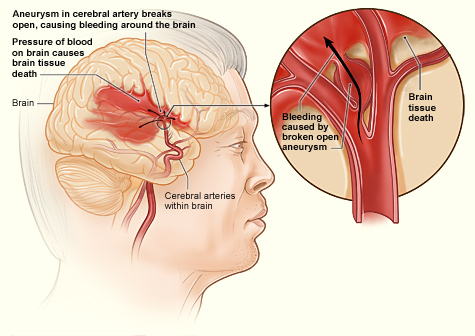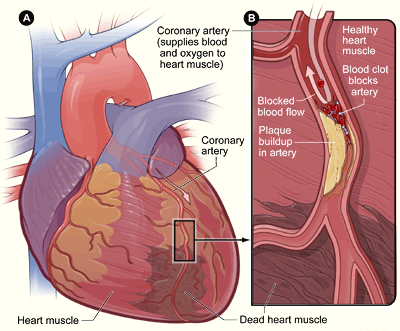Day 1 Procedure ~Points Possible: 50 ~Done as a group, but individual grade~
You will be using a sheep heart for your dissection. Remember that this sheep gave part of its life to you so that you could learn from it. Also remember that everyone is not completely comfortable dissecting. Please be respectful of the specimen and the people around you as you complete your dissection.
Rinse your heart with water in your sink before you begin the dissection. This will help you to rinse some of the preservatives out and will hopefully make it not smell as much.
In many cases, the pericardium may still be attached to the heart.
Video: https://www.youtube.com/watch?v=1hb0gV67CLQ
Video: https://www.youtube.com/watch?v=1hb0gV67CLQ
Q1: What is the purpose of the pericardium? Its the primary wall in the heart that protects the heart from damage. It is a double sack of serous membranes that secretes a fluid to lubricate the heart and reduce friction.
Q2: Observe the blood vessels connecting to the heart. How do arteries differ from veins in their structure? Arteries have thicker walls than veins. Arteries bring blood away from the heart, and the veins bring blood to the heart.
Q3: Place your finger inside the auricle. What function do you think the auricle serves? The auricle is rough inside. Its function is to increase the blood capacity and volume in the atrium.
Q4: Observe the external structures of the atria and ventricles. What differences do you observe? The atrias receive blood while the ventricles discharge the blood. Some differences i observe are the ventricles are a little bigger with thicker walls. The atrias are smaller with less thicker walls.
Q6: Draw a picture of the tricuspid valve, including chordate tendinae and the papillary muscle. ( Tricuspid valve is between the right atrium-RA, and the right ventricle-RV.
Q7: Why is the “anchoring” of the heart valves by the chordate tendinae and the papillary muscle important to heart function? It is important because it helps prevent inversion and prolapse of the valves on systole. It’s to make sure the valve edges don’t get pushed into the atria.
Q8: Using pictures and/or words describe what you see.
I saw a bunch of muscle attached to other muscle.
Q9: What is the function of the semi-lunar valves? Its function is to prevent arterial blood from re-entering the heart.
Q10: Valvular heart disease is when one of more heart valves does not work properly. Improperly functioning heart valves can lead to regurgitation, which is the backflow of blood through a leaky valve. Ultimately this can lead to congestive heart failure, a condition that can be life threatening.
If the valve disease occurs on the right side of the heart, it results in swelling in the feet and ankles. Why might this happen? Because the ventricles aren’t strong enough to pump blood back against gravity from your toes and your feet.
If the valve disease occurs on the left side of the heart, what complications would you expect to see? Because there is not enough blood being pumped throughout the rest of the body.
3
Q11: Using pictures and/or words describe what you see. I saw a stringy like object attachted to the ventricle. It was surrounded by fat though because our sheep was fat and had fat in the heart. I then see two valve like structures next to eachother.
Q12: Describe how the left and right sides of the heart differ from each other. The right side of the heart pumps deoxygenated blood and the left side of the heart pumps oxygenated blood.
Q13: Draw and label all structures visible in the interior of the cross-section.

